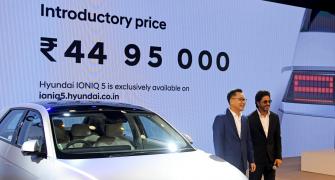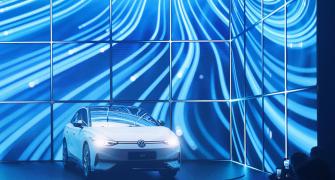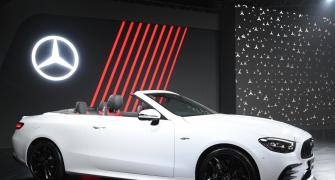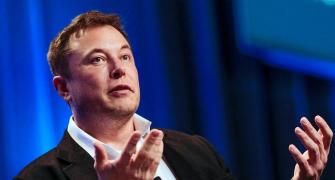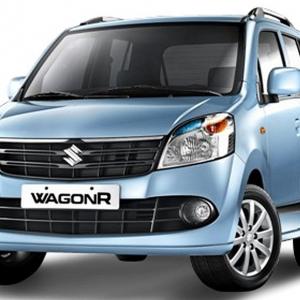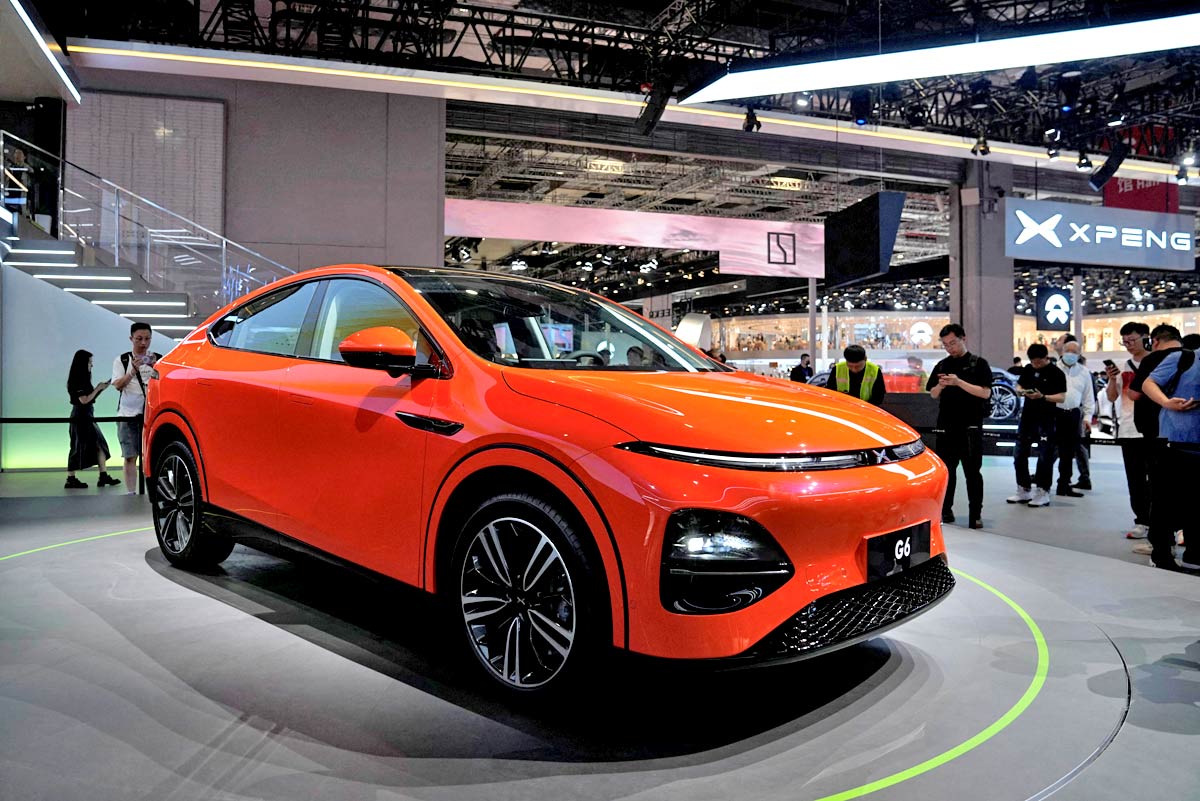The question is: Will the company have a strong balance sheet to support this massive investment plan?
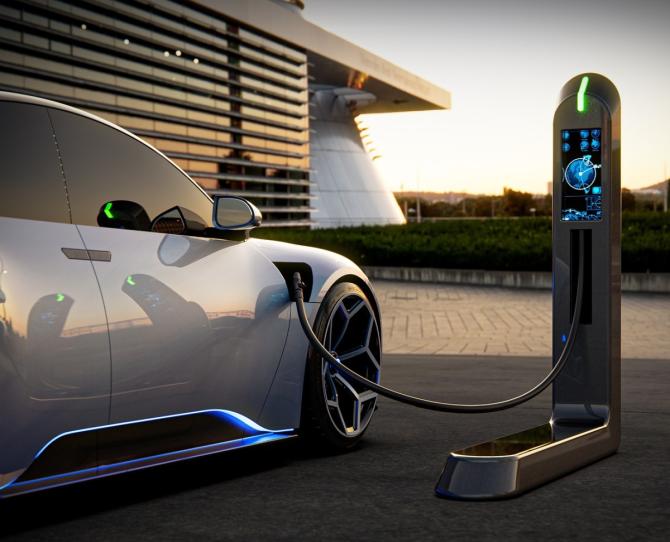
Jaguar Land Rover (JLR) lags its peers in the electric vehicle (EV) race, but is now determined to catch up.
The company has embarked on an ambitious journey to become an 'electric-first' luxury carmaker by 2030.
Its peers Volvo and Audi are eyeing 100 per cent battery electric vehicles (BEV) by 2030 and 2033, respectively, while BMW and Mercedes are eyeing 50 per cent BEV by 2030.
Analysts at Ventura Securities said JLR is targeting 60 per cent BEV sales by 2030 and 100 per cent by 2036.
On April 19, JLR announced a plan to invest 15 billion pounds over the next five years to achieve its electric roadmap.
This includes investing in manufacturing facilities.
Its Halewood plant in the UK will become an all-electric production facility and its engine facility in Wolverhampton, also in the UK, will produce electric drive units and battery packs for JLR's next-generation vehicles. This, apart from evolving its marquee brands.
The question is: Will the company have a strong balance sheet to support this massive investment plan?
JLR has been working on a business plan since FY19 to generate positive, free cash flow (FCF) at lower volumes, which has significantly reduced the break-even volumes from 660,000 vehicles in FY19 to 330,000 vehicles in FY22.
“The management is targeting to maintain break-even volumes in the range of 300,000 to 350,000 vehicles,” Ventura Securities noted.
Analysts felt that a shift in focus from volumes to product development and cost optimisation has improved JLR's profitability in FY23, and this momentum is expected to sustain for some time.
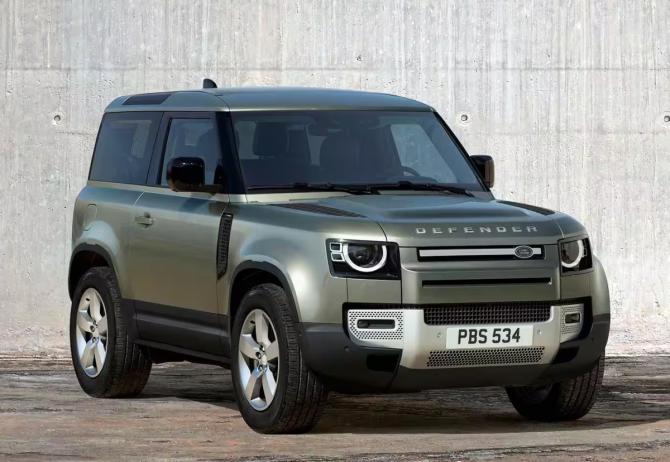
JLR has reduced the architectural platforms from six to three using modular vehicle platforms.
This restructuring has significantly reduced the operating expenses and improved the Ebitda (earnings before interest, taxes, depreciation, and amortisation) performance in the past couple of years.
“We are expecting JLR volumes to grow at a CAGR (compound annual growth rate) of 7 per cent to 455,517 vehicles, while its revenue and Ebitda are expected to grow at a CAGR of 13.2 per cent to 30,070 million pounds and 30.2 per cent to 4515 million pounds by FY26 estimated,” said analysts at Ventura Securities.
They felt that JLR's debt burden would ease due to lower capex, improving profitability and regular debt repayment.
JLR CEO Adrian Mardell said on Wednesday that the company was making strides towards its financial goals of achieving a net cash positive position by 2024-25 and double-digit EBIT (earnings before interest and taxes) by 2026.
JP Morgan analysts, however, warned that they will watch out for the management commentary regarding debt-reduction targets.
“We believe JLR's volumes would need to ramp up to 100,000 per quarter in FY24 to generate free cash flow of over 1 billion pounds and resume its de-leveraging journey. We expect net debt to decline in FY24 but Tata Motors' zero net debt targets could get pushed beyond FY25,” JP Morgan analysts said in a note in April.
Since 2018, the Tata Motors Ltd (TML) management has undertaken several restructuring initiatives, which are expected to improve operating efficiency, lower capex and hasten FCF generation for JLR.
JLR has also taken a number of initiatives to realign its portfolio to an electric future, thus ensuring sustainability and viability of its business model.
A new growth cycle is expected to play out for JLR, Ventura Securities said.
The reasons: chip availability easing; China opening up; favourable tailwinds emerging from the Inflation Reduction Act (IRA) in the US; competing subsidies announced by the EU; and a peaking of the interest rate cycle.
TML acquired a cash-strapped JLR in 2008 for a total consideration of 2.3 billion pounds.
It was a recession year and the luxury car market was at a low.
TML infused 1 billion pounds to manage liquidity through the crisis, cut costs via restructuring of operating expenses, and invested in new products.
This was the strategy for JLR between 2010 and 2015, when JLR's wholesale volume grew at a CAGR of 19.2 per cent.
However, between 2015 and 2020, JLR's revenue from operations grew at 1 per cent CAGR, and its profitability and balance sheet deteriorated.
“JLR's focus was more on market share gain and volume growth; however, this strategy impacted its profitability and FCF generation,” analysts noted.
Net debt increased from negative 1,726 million pounds in FY15 to positive 1,679 million pounds in FY20, Ventura Securities noted.
FY20 to FY22 was hit by the pandemic, and JLR's sales volumes and revenues both declined.
The decline in capacity utilisation increased the overhead costs and impacted profitability.
Net debt increased to 2,629 million pounds in FY22, Ventura Securities noted.
Electrification of the portfolio and cost optimisation is now likely to accelerate revenue growth, and improve profitability, analysts felt.
Jefferies has noted in a recent report that Tata Motors is targeting net-zero emissions by 2039 for JLR, by 2040 for Indian passenger vehicles and by 2045 for Indian commercial vehicles.
All Jaguar and Land Rover nameplates are to be available in pure electric form by the end of the decade. And the first all-electric Land Rover model is expected in 2024.
Feature Presentation: Rajesh Alva/Rediff.com


